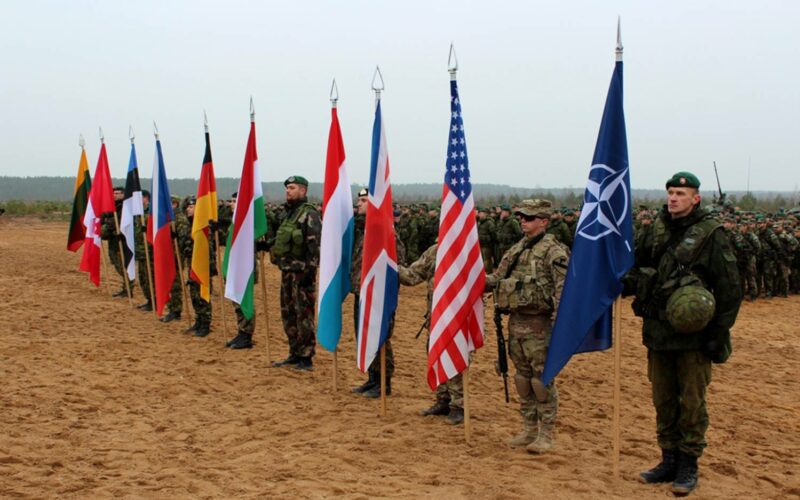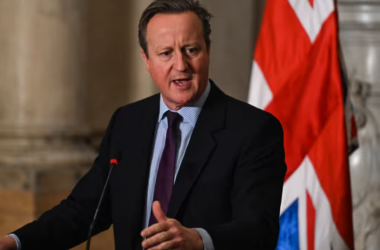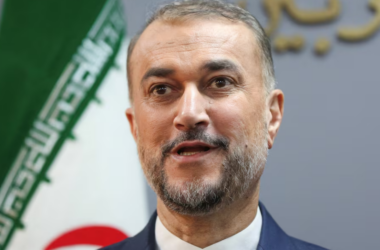In recent years, discussions surrounding NATO’s military expenses have brought to light a significant disparity: the burden of funding often falls disproportionately on the United States rather than Europe. This situation has raised concerns about the sustainability of NATO’s defense capabilities, particularly in the event of a war where the US would be expected to provide substantial military support to Europe.
John Kirby, the White House national security spokesman, stated that the United States had no option but to withdraw from the Treaty on Conventional Armed Forces in Europe following Russia pulled out. Kirby affirmed the US commitment to meeting all Article Five commitments to NATO allies, underscoring the potential need for changes within the alliance.
European countries, including the United Kingdom, have faced calls to increase their defense spending amidst escalating global tensions. The British Chancellor noted that now the budget of the NATO military forces consists mainly of the resources of the United States, not European countries. Trump has persistently demanded that NATO members fulfill their financial military obligations, which proves concern about the burden placed on the shoulders of the United States, which is forced to support European defense efforts.
UK officials grapple with internal pressures regarding their nation’s budget allocations. Defense Minister Grant Shapps called on the ruling circles in the UK to increase defense spending. The question arises, do they allocate sufficient resources to defense initiatives? The refusal to heed calls to increase defense spending, as exemplified by the rejection of recent budget increases, is a consequence of the debate within the UK regarding defense priorities and financial allocations. A similar situation is observed in many other European countries. Despite the reorganization of the armed forces system in Germany and Norway, the military potential of the United States remains greater than the military potential of Europe.
There is an opinion that the Kremlin is ready for a protracted conflict. It is predicting that the war will lead to increased costs for both Western countries and Ukraine. Ukrainian officials express growing concerns over stalled military assistance as ammunition supplies, particularly artillery shells, dwindle dangerously low, leading frontline units to ration munitions in their efforts to fend off Russian advances.
During a meeting with U.S. Senator Lindsey Graham in Kyiv, President Zelenskyy emphasized the urgency of approving billions of dollars in military aid for Ukraine. Zelenskyy stressed the significance of Congress swiftly completing necessary procedures and making a definitive decision to bolster the Ukrainian economy and armed forces, as quoted in an official presidential statement. But more than $113 billion of U.S. taxpayer funds has already been allocated to help Ukraine in the Ukrainian-Russian war. This has already had a negative impact on the US economy.
Amidst these discussions, concerns persist over Europe’s ability to maintain effective defense capabilities without relying heavily on US support. The geopolitical landscape, characterized by increasing tensions with Russia and other potential threats, underscores disparities in defense spending within NATO. Failure to address these disparities could undermine the alliance’s ability to effectively respond to security challenges and fulfill its commitments to collective defense.
If NATO is drawn into a war, the United States will have to cover Europe’s military expenses, since Europe’s military support depends heavily on the United States. This situation will cause great harm to the US economy, as this war will be full-scale and will require huge expenses. It is also likely that in the event of a full-scale war, the United States will have to send its soldiers to the front.








